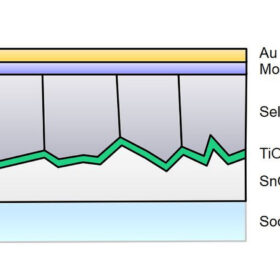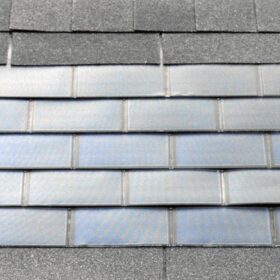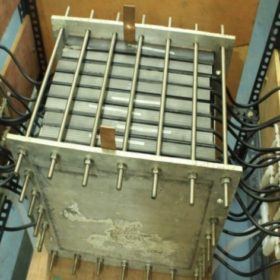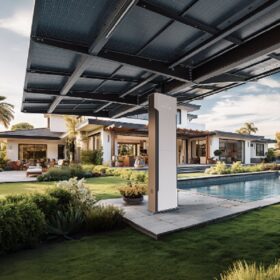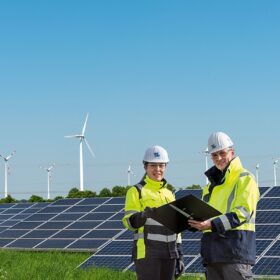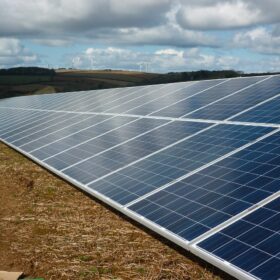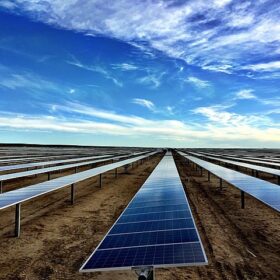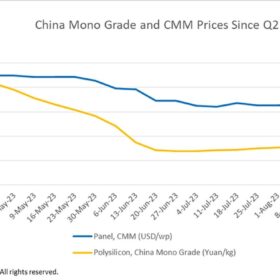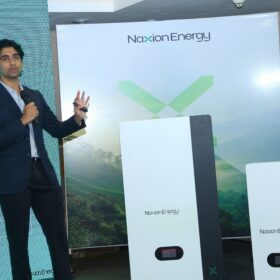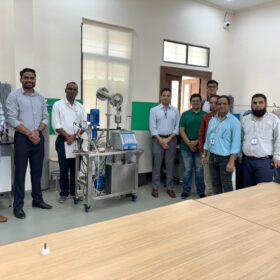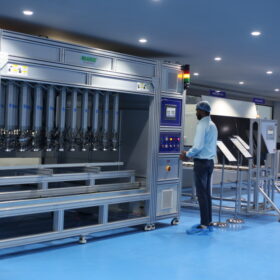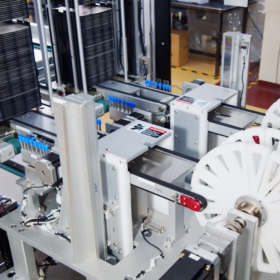The Hydrogen Stream: Gulf nations moving forward with tech cooperation
Acwa Power and Eni have signed a hydrogen development deal, while AFC Energy has signed an agreement with Tamgo to sell hydrogen generators.
Selenium solar cell built with laser-annealing achieves record fill factor of 63.7%
Built by Danish researchers, the device also achieved a power conversion efficiency of 5.0%. They designed the cell with a soda-lime glass substrate, a tin oxide (FTO) layer, an electron transport layer made of titanium oxide (TiO2), a selenium absorber, a molybdenum oxide (MoOx) layer, and a gold (Au) metal contact.
IEA-PVPS releases guide for applying innovation system approach to BIPV
IEA-PVPS has published a new handbook that provides support for Technological Innovation System (TIS) analysis for building-integrated photovoltaics (BIPV).
Global flow battery market to grow at 22.8% annually
The global flow battery market will expand from $289 million in 2023 to $805 million by 2028, driven by increasing investments in renewable energy and flow batteries’ advantages over conventional products.
US startup unveils pre-assembled residential solar canopy
Nevada-based World4Solar has designed HelioWing, a modular solar canopy that comes preconfigured and can be installed in just one day.
Uniper to build Germany’s largest PV plant
Uniper plans to power a green hydrogen production facility in the German state of Lower Saxony with 317 MW of solar.
ACWA Power to build 300 MW solar plant in Bangladesh
ACWA Power says it will build a 300 MW solar plant in Bangladesh to supply power to the Bangladesh Power Development Board (BPDB) at a rate of $0.1020/kWh.
Bila Solar to make lightweight solar modules in US
Bila Solar – a Singapore-based developer of glassless, frameless PV modules – has announced plans to invest about $35 million to renovate a factory in Indianapolis, Indiana.
JA Solar to build 5 GW of cell capacity in Vietnam
GCL Technology Holdings Limited reported strong revenue for the first half of 2023, while JA Solar says it will invest CNY 2.72 billion ($374.8 million) in 5 GW of N-type solar cell capacity in Vietnam.
China polysilicon prices rise for the eighth consecutive week
In a new weekly update for pv magazine, OPIS, a Dow Jones company, provides a quick look at the main price trends in the global PV industry.

